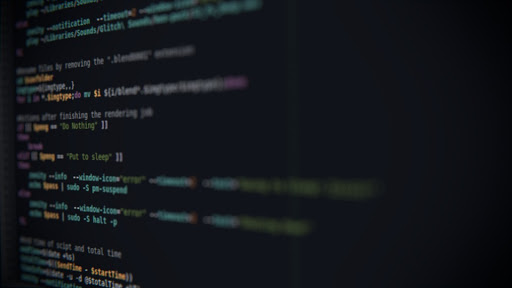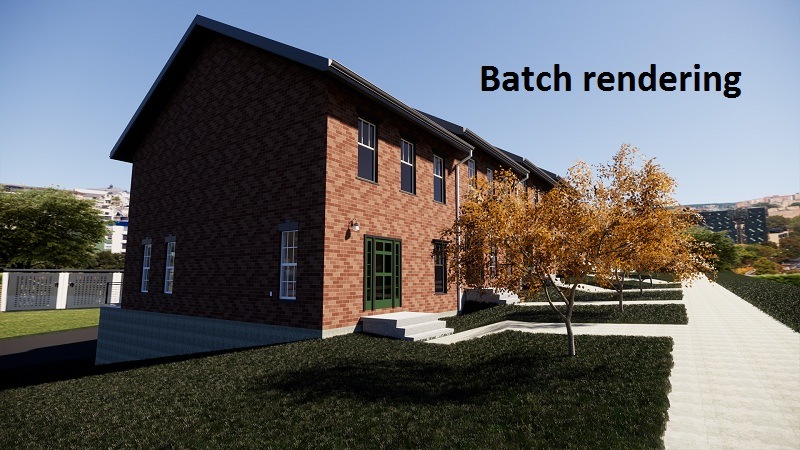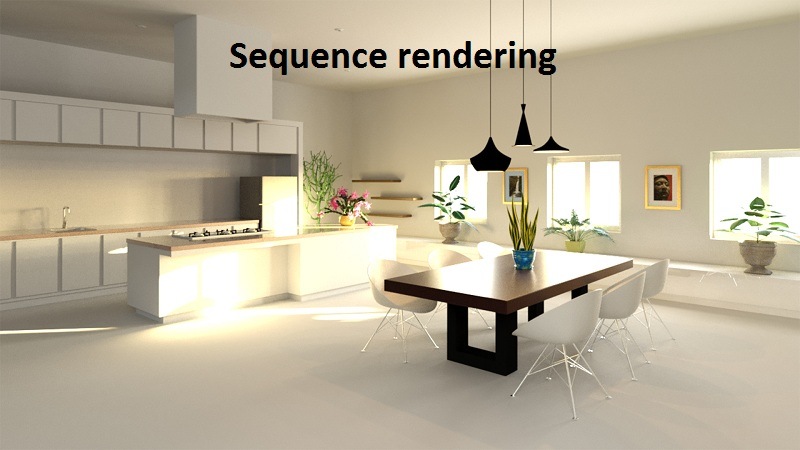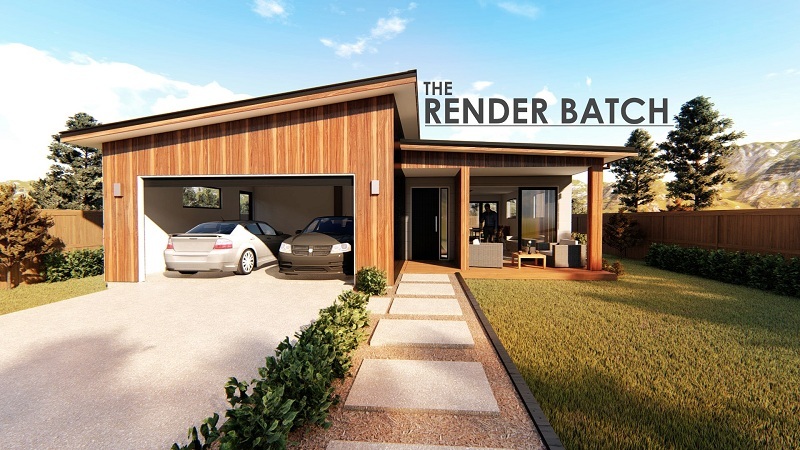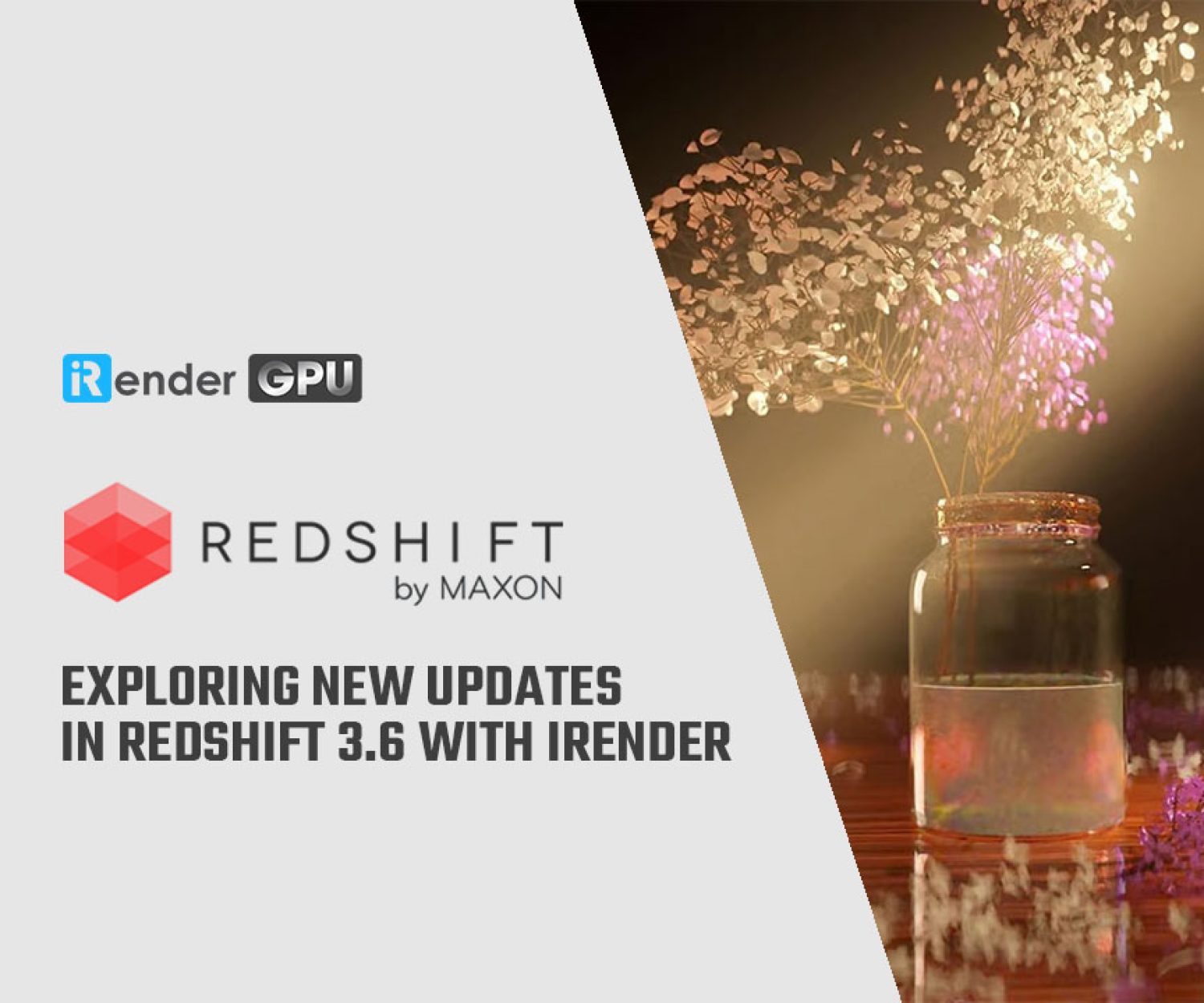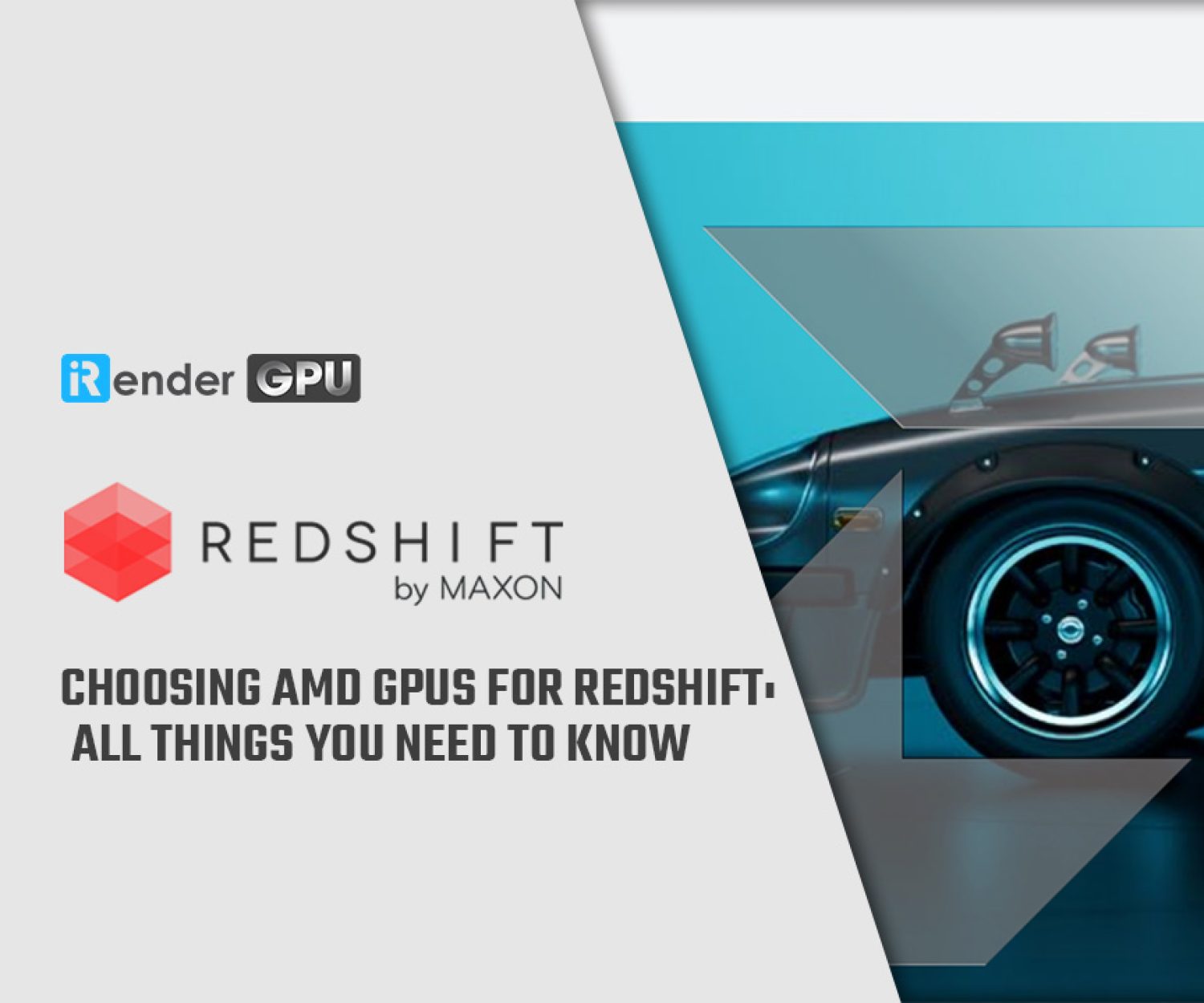What the difference between batch render and sequence render
Firstly, we should to know about the definition of batch render and sequence render. We usually see this rendering technique in Maya.
What is batch rendering?
A method of rendering launched in a separate session of Maya, using a saved copy of a scene file. Batch renders allow you to continue working on a scene while it is being rendered, launch renders remotely, and render scenes faster than from within the Maya user interface.
Besides, batch render is the usual way to render in Maya. It will kick off the render in the background which can allow you to work on other scenes (similar to command line rendering but in the UI). Doing so requires a licensed version of any render engine and will watermark the renders if a license isn’t found.
Moreover, batch rendering allows several images to be rendered and exported while the computer is unattended. Each batch job retains its own view, rendering mode, resolution, and export settings.
What is sequence rendering?
Render Sequence will do the same as batch rendering, but will write the frames to the render view, effectively locking the application up until the render is done. This was implemented after Solid Angle was acquired and Arnold became the default render engine. Support for this feature is up to the render engine. Render Sequence can not be used for network rendering.
When rendering an animation, you can render a sequence of frames without having to batch render. For convenience, you can also add these images to the Render View for preview. If images were saved to the Render View, use the slider at the bottom of the Render View window to scroll through the rendered image sequence.
Rendering a region of your scene is supported by this feature.
Marquee selects the area that you want to render in the Render View, then enable Render Region in the Render Sequence options window, and click Render Sequence.
What the difference between batch render and sequence render
We can understand the simplest and easiest of the differences above 2 techniques.
Render Sequence can not be used for network rendering.
Batch rendering is also the methodology used when a network render is kicked off on a farm.
The batch rendering job specifies the job name, rendering mode and options, and image dimensions and format, for the current drawing file.
Batch rendering does not retain geometry or lighting information; it saves the view, renders, and export settings. To export different lighting situations for a scene, create sheet layer viewports, and change the lighting with the Visualization palette (see Managing Lights and Cameras with the Visualization Palette).
Viewports allow lighting overrides without affecting the lighting on the design layer. This method allows batch rendering of viewports of the same scene with different lighting conditions.
iRender is a Vietnamese company operating internationally that is based on the model of IaaS (Infrastructure-as-a-Service), which rents the GPUs and CPUs on the cloud for 3D rendering, big data, Blockchain, remote render farm, Virtual Reality, Augmented Reality, Simulation or any kind of heavy and intensive tasks for the computer systems. iRender was developed with the most powerful GPU and CPU infrastructure that can handle all the heavy-duty tasks like a breeze. The GPUs used RTX 3090/4090 Optimized for multi-GPU rendering with heavy-duty processors having multiple cores and support the heaviest work load.
Register an account here and enjoy using our service!
Related Posts
The latest creative news from Cinema 4D Cloud Rendering , Blender Cloud Rendering, Redshift Cloud Rendering, Houdini Cloud Rendering , Octane Cloud Rendering, 3D VFX Plugins & Cloud Rendering.

